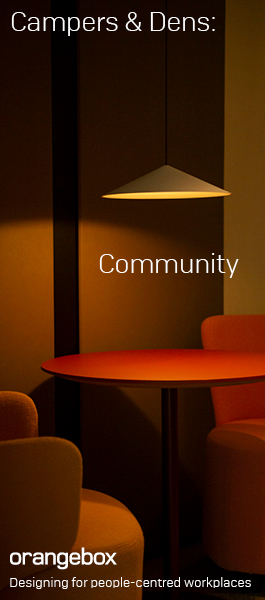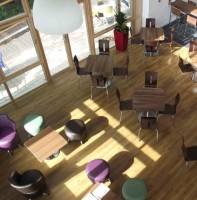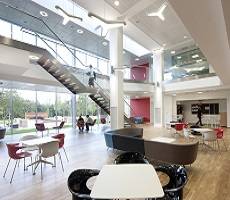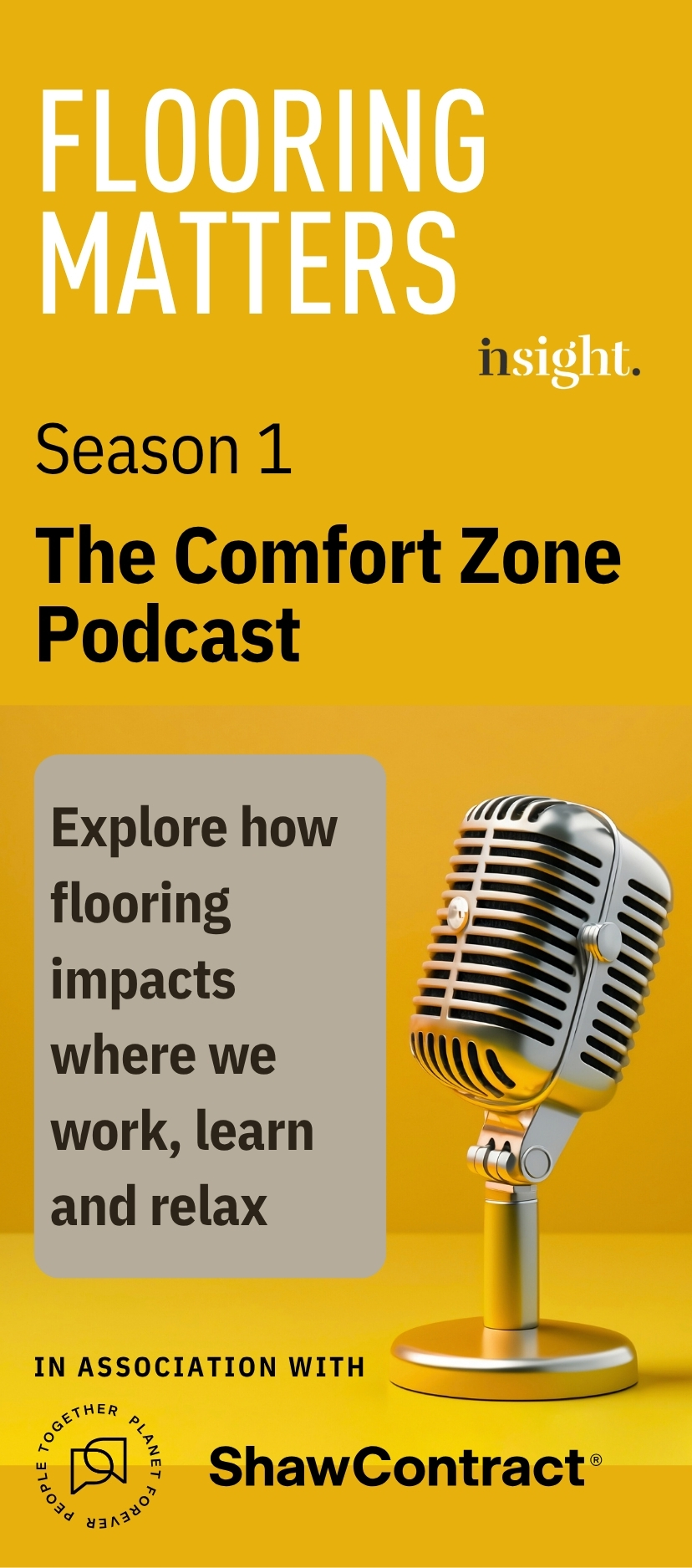October 28, 2013
‘Them and us’ mentality rife, as third of staff report low levels of trust in senior managers
 A counterproductive “them and us” mentality is being bred in too many of the UK’s workplaces, as more than one in three employees report that their level of trust in senior managers is weak (34%), According to the latest research by the CIPD, while an overwhelming majority report that they trust in their colleagues and line managers to some or a great extent (92% and 80% respectively), trust ratings increase with an employee’s seniority, with senior managers much more likely to report strong trust between employees and senior management than non-managerial workers. Creating a better level of trust isn’t difficult however, with the majority of employees pointing to simple and effective practices such as ‘approachable’, ‘competent’ and ‘consistent leaders’ who ‘act with honesty and integrity’ and ‘lead by example’. (more…)
A counterproductive “them and us” mentality is being bred in too many of the UK’s workplaces, as more than one in three employees report that their level of trust in senior managers is weak (34%), According to the latest research by the CIPD, while an overwhelming majority report that they trust in their colleagues and line managers to some or a great extent (92% and 80% respectively), trust ratings increase with an employee’s seniority, with senior managers much more likely to report strong trust between employees and senior management than non-managerial workers. Creating a better level of trust isn’t difficult however, with the majority of employees pointing to simple and effective practices such as ‘approachable’, ‘competent’ and ‘consistent leaders’ who ‘act with honesty and integrity’ and ‘lead by example’. (more…)
























October 29, 2013
What the endless debate about HS2 can teach us about how we work
by Mark Eltringham • Comment, Flexible working, Technology
A man working on a train
One of the most fascinating aspects of the debate about whether the UK should spend £50 billion (or whatever you think it might be) on the new HS2 rail network, is the way in which it has formed a touchstone for a discussion about how we work. But people on both sides of this debate can have things either spectacularly or misguidedly wrong. On one side, the people behind the scheme, including the Government, used the jaw-dropping assumption that nobody worked on trains as the foundation of a business case. That was the familiar sight of large organisations working their relentless way towards a number they wanted, regardless of inconvenient facts. This idea has now been so widely discredited and mocked that it has been dropped completely from the latest business case, tellingly the sixth in just three years. And yet on the other side, we have people arguing that we should travel less and use videoconferencing as an alternative to face to face meetings, which can be almost as problematic.
(more…)